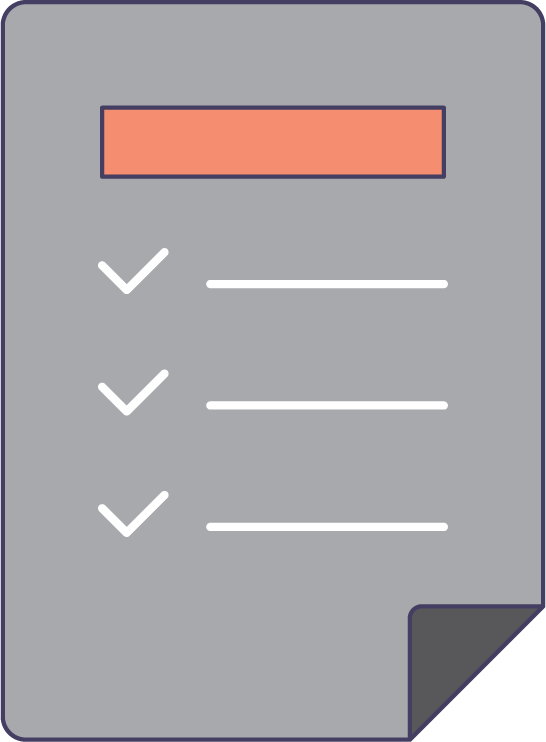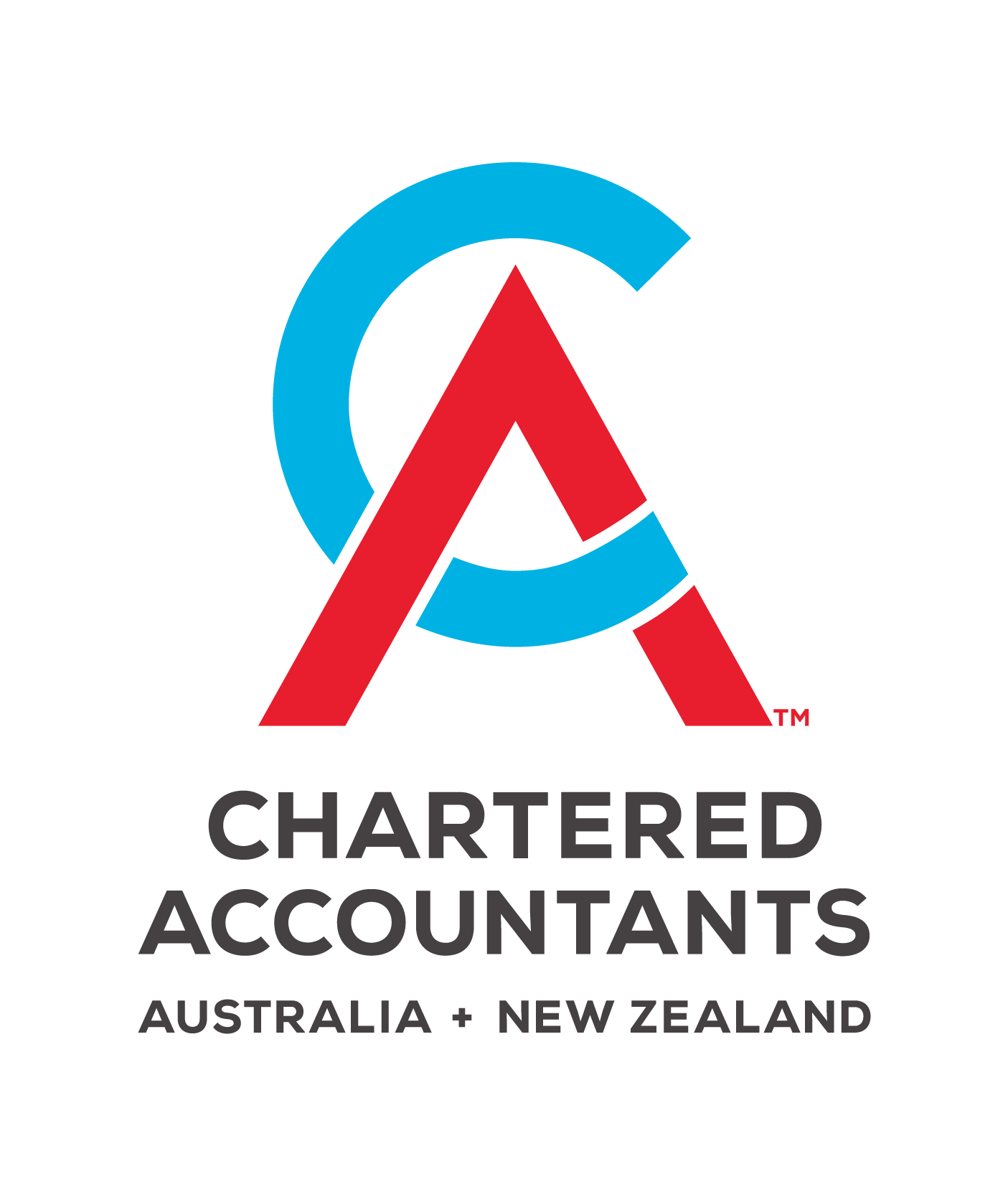News Articles
Construction Industry
Cashflow & managing projects
Part three
By Construction Team
3 June 2024
In our final part of this three part series “Cashflow & managing projects”, we delve into managing scope creep, and technology challenges while making sure you have the right people in place.
Managing scope creep
Developing strong project reporting practices allows companies to identify scope creep and manage this challenging aspect of every project. Scope creep is when a project’s scope changes and the project work starts to extend, or “creep”, beyond what was agreed initially. With just about any project, change is inevitable, but it’s the uncontrolled changes that delay projects and cause scope creep.
For example, if a sub-contractor arrives at a job site and is asked to do extra work outside the scope, this cost is usually borne by the lead contractor, and often without the customer signing off on the variation. Many construction businesses are reluctant to ask customers to approve a variation.

"Good luck going back to the customer to seek a variation payment..."
This is a risky practice, especially if the variations have blown the budget, a situation often aggravated by inadequate WIP reporting.
Good luck going back to the customer to seek a variation payment after the work is done and the subcontractor paid. It can usually be too late if you realise this several months after the project has been handed over to the client.
The technology challenges
The construction industry has been notoriously slow in digital adoption—with Excel sheets, A3 drawings, and clipboards still commonly used to manage large projects. Not surprisingly, the sluggish technology adoption has heightened the complexities of managing project profitability. Paper documents are unwieldy and lead to inaccuracies, duplications, and mistakes.
Likewise, accounting departments and Project Managers relying on spreadsheets are operating with 20th Century technology that will most likely leave them overwhelmed by inventory resources and vendor updates, which can change quickly.
Despite the techno tardiness there are software solutions available that address the unique needs of the construction industry. Digitisation, combined with cloud-based technology, provides real-time access to data, helping to improve the industry's WIP scheduling success.
"Successful project reporting involves having the right people in the right seats."

Have the right people in place
Having the right software in place is just the start. To succeed in managing a project, you need the right people in place who know how to use digital tools and the right metrics to utilise to ensure project success, including:
- Maintaining accurate, real-time data
You’ll need to digitise your processes.
- Tracking work completed rather than just hours or labour costs
By taking this approach, a construction business will be alerted early if productivity falters and overruns creep in.
- Estimating percent to complete more accurately
By using real-time and historical data to spot project trends.
- Knowing your ‘cost to complete’ (ETC)
The ETC is the measure that shows you the remaining cost you should expect to pay to complete a project. Note, that ETC isn't the final overall expected project budget - this is called Estimate at Completion (EAC).
Successful project reporting involves having the right people in the right seats. Those holding the keys to the reports must understand the job, the scope, and planning process. It’s important to have the right people on board to ensure your reports help deliver a true profit position in each respective reporting period.
Learn more about how Brentnalls Construction solutions can support your business and help you to improve your profitability by requesting a discussion with one of our specialists.
You can read the previous parts here:
Discuss Further?
If you would like to discuss, please get in touch.
Disclaimer
The information provided in this article does not constitute advice. The information is of a general nature only and does not take into account your individual financial situation. It should not be used, relied upon, or treated as a substitute for specific professional advice. We recommend that you contact Brentnalls SA before making any decision to discuss your particular requirements or circumstances.











